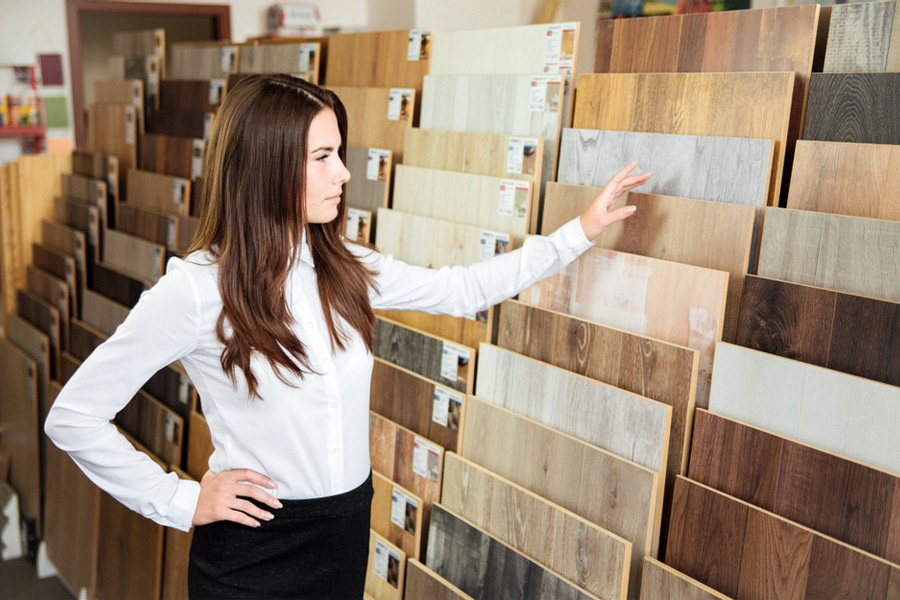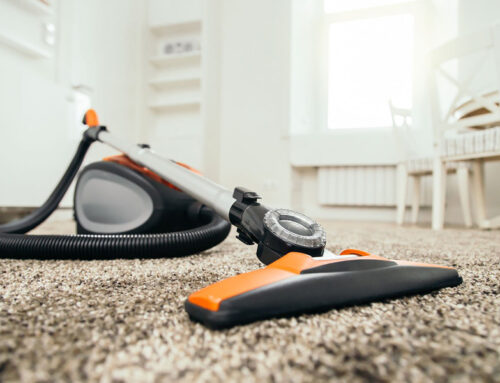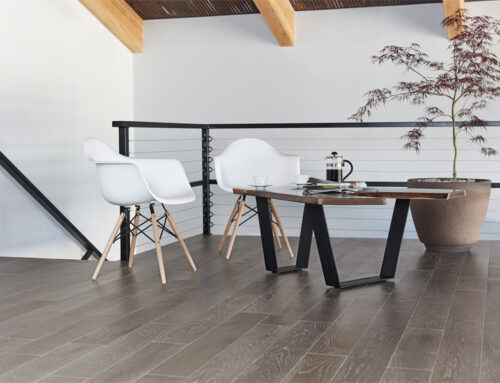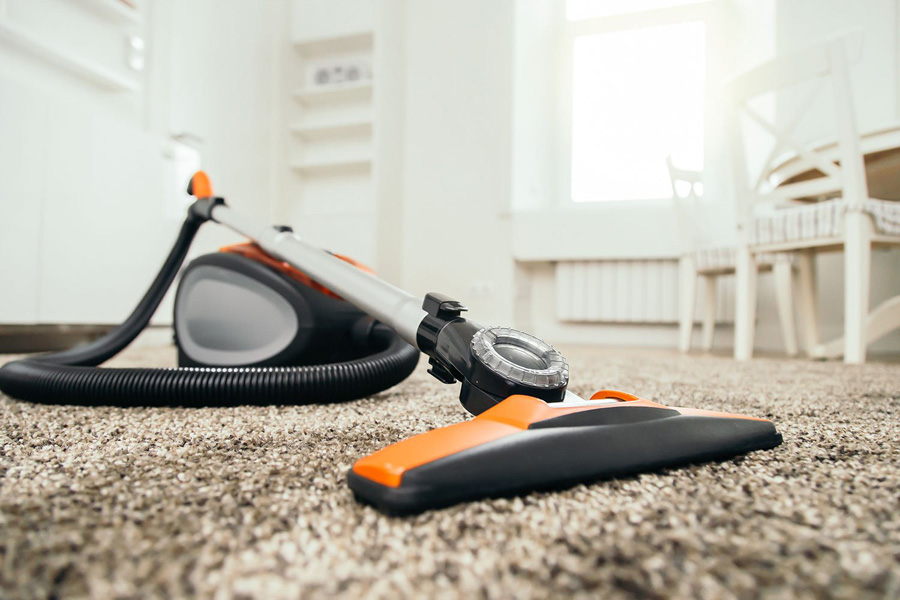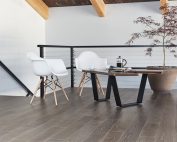When it comes to flooring, there are a lot of key flooring terms to wrap your head around. From style to substance, installation to care understanding the basics will set you up for successful project down the line.
A – Above Grade
When a floor is installed above ground level, ensure there is a minimum of 18 inches well-ventilated space available below.
B – Baseboard
Baseboards are typically installed at the base of a wall where the floor butts up against the sheetrock. Common styles are quarter round or stepped although there are many different looks available.
C – Ceramic
Tile most commonly used in kitchens and baths noted for it’s durability and waterproof qualities.
D – Durability
The ability of a floor material to resist wear and tear. Porcelain is the most durable, while ceramic, stone, hardwood, vinyl and engineered plank all have varying degrees of water and UV resistance.
E – Engineered Hardwood
Similar to classic hardwood, engineered hardwood is created using a thin layer of genuine wood, glued or laminated to a composite like plywood or high-density fiberboard.
F – Floating Floor
A specialized type of installation that does not require the floor materials to be attached to the subfloor beneath it.
G – Grain
Grain is the alignment of fibers in wood planks, which can affect design, layout and pattern.
H – Hardwood
Solid wood plank flooring, historically hand scraped for aesthetic and practical use and made of 100% wood material.
I – Impact Resistance
The ability of a flooring material, like stone, tile, wood or composite, to resist the damage from a falling object.
J – Joist
A joist is a parallel beam that serves to support ceiling and flooring weight loads.
K – Kiln Dried
Building material that has been dried in a controlled environment aka kiln, as opposed to naturally aged by the elements.
L – Laminate
A composite flooring material that floats above the subfloor. It is comprised of a surface layer created from melamine and paper and printed with a decorative pattern to mimic wood or stone.
M – Moisture Content
The amount of water found in a given material. Since wood is permeable, it is sensitive to heat and humidity. An important factor to consider when working on renovation projects in high-moisture areas.
N – Natural Stain
Stain that does not change the natural look of wood or laminate material. Typically clear and used to repel moisture and wear and tear.
O – Overlap Reducer
A strip of flooring material used to transition between hardwood and carpet.
P – Parquet
Traditional installation of hardwood floors that makes use of a repeating or specific geometric pattern.
Q – Quarter Round
A type of trim used for finishing flooring and walls.
R – Renewable and Reclaimed
Wood or materials that have been salvaged from an existing home project or structure. These materials can also be found in nature, like logs harvested from lakes, rivers or streams.
S – Stain Resistant
A measure of how a flooring material will behave when subjected to scratches or other damage. The degree to which a plank or board will show discoloration.
T – Tongue and Groove
A style of wood plank flooring that allows each of the panels to interlock easily with each other for quick and simple installation.
U – Underlayment
The layer of materials that is placed between the flooring materials, the subfloor and the main floor. Its purpose is to both insulate, cushion steps and dampen sound.
V – Veneer
A thin layer of genuine hardwood on top of a composite piece.
W – Wirebrush
A style of flooring that relies on wire brushing to distress planks in a decorative pattern.
X – Wax Oiled
Wax oiled floors are more resistant to spills and water. While they can be used in bathrooms and kitchens they are not completely waterproof, so need to be installed with care in high-moisture areas.
Y – Years of Use
With proper care and cleaning floors can last for decades. Solid hardwood, veneer and laminate can all be refinished for a brand new look years down the line.
Z – Zero Waste
Zero waste flooring is made of sustainable materials like bamboo or cork or reclaimed materials from other projects.


